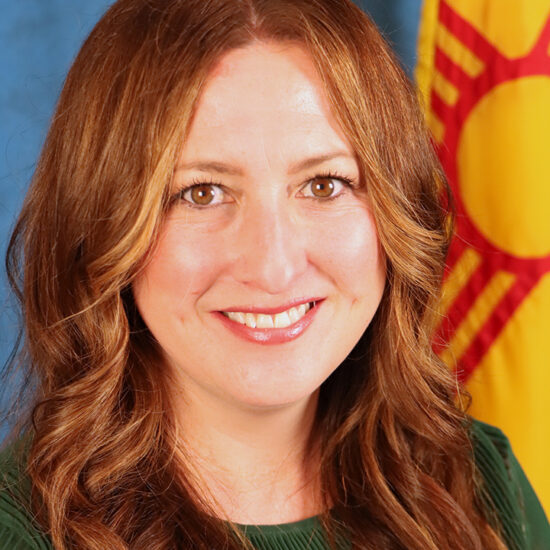
Results from state standardized tests administered this spring will not be available to school districts until late October or early November, in a year where arguably that data is more important than ever.
Senior staff of the New Mexico Public Education Department revealed the delay during a lengthy May 19 hearing of the Legislative Finance Committee’s Education Subcommittee.
The delay is for this year only, Education Secretary Kurt Steinhaus said. It results from Governor Michelle Lujan Grisham’s decision days after taking office in 2019 to switch test vendors from the Partnership for Assessment of Readiness for College and Careers (PARCC) to Cognia.
Testing was paused in 2020 and 2021 because of the Covid-19 pandemic, and resumed this year, with Cognia’s Measures of Student Success and Achievement (NM-MSSA) for grades 3-8 replacing PARCC. That makes this year’s results vitally important for quantifying as-yet unmeasured pandemic-related learning loss.
A 2021 LFC report estimated that the pandemic exacted a heavy toll on New Mexico’s students, and disproportionately harmed students who were already struggling in school. The report said that New Mexico’s most at-risk students, who were already at least a half-year behind in learning, lost another significant chunk of learning time because of the pandemic. That lost time ranged from 10 to 60 days, depending on the district.
Those warning signs have made policymakers eager for more reliable data. Members of the subcommittee expressed displeasure over the lag-time.
“I’m curious why it’s going to take us six months to get the data back, because it seems like a long time,” said State Rep. Meredith Dixon, an Albuquerque Democrat. She said the delay makes it tough for the legislature to plan for budget adjustments the test results might prompt.
Steinhaus said he shared Dixon’s frustration. “With regard to the amount of time it’s taking our contractor to get the data back to us, it’s just not acceptable,” Steinhaus said. “And when we renegotiate that contract, we’re going to have to maybe put more money in the contract so that we’re at the head of the line and New Mexico doesn’t have to wait for…other states.”
There appeared to be some confusion among PED staff over exactly when the results would be available. Steinhaus initially said August during the hearing, but staff corrected him and said November for the MSSA test.
However, a May 20 memo from PED to school districts and charter schools said preliminary online MSSA reports would be available October 3, and paper reports would be shipped to districts by October 25.
Adding further confusion, the memo says that PED will gather a group of educators between July 11 and 15 to review MSSA “student response data” to set performance-level “cut scores.” This means determining what score ranges place students in each of four categories: novice, nearing proficiency, proficient, and advanced.
PED offered no explanation for why it will take from mid-July to at least early October to tabulate the cut scores and release the data.
During the LFC hearing, Steinhaus said that readily available interim assessment data can help fill the gap while the state awaits the MSSA results, known as summative assessment data. Interim, or “short-cycle” assessments are administered by districts and schools three times each year to provide a snapshot of how students are performing in literacy and math at that moment in time.
Under questioning from subcommittee members, however, Steinhaus acknowledged that interim assessment data is imperfect, because districts used different assessments, making district-to-district comparisons impossible.
While seventy-one districts and charter schools use Cognia’s Interim Measures of Student Success and Achievement, the total enrollment of those districts/schools make up only 38% of NM students. “Therefore, the data…is not representative of all New Mexico students and should be interpreted with caution,” the memo says.







